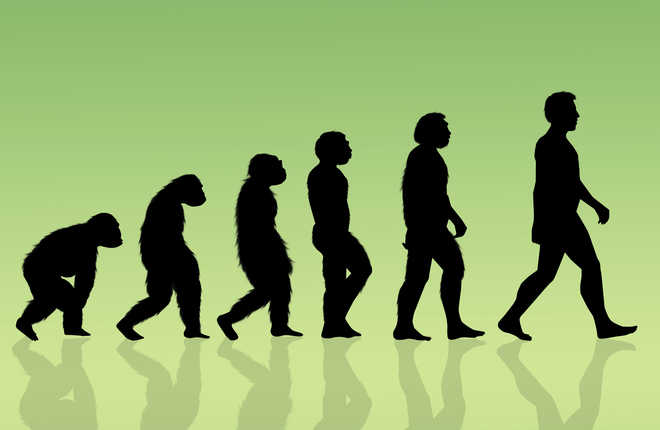Homo erectus walked like us
Washington
It's been 1.5 million years since Homo erectus last walked the Earth, but according to a recent study, their footprints are indistinguishable from that of modern human.
Researchers from the Max Planck Institute for Evolutionary Anthropology in Leipzig, along with an international team of collaborators, have recently discovered multiple assemblages of Homo erectus footprints in northern Kenya that provide unique opportunities to understand locomotor patterns and group structure through a form of data that directly records these dynamic behaviours.
Using novel analytical techniques, they have demonstrated that these Homo erectus footprints preserve evidence of a modern human style of walking and a group structure that is consistent with human-like social behaviours.
Habitual bipedal locomotion is a defining feature of modern humans compared with other primates, and the evolution of this behaviour in our clade would have had profound effects on the biologies of our fossil ancestors and relatives.
In 2009, a set of 1.5-million-year-old hominin footprints was discovered at a site near the town of Ileret, Kenya. Continued work in this region by scientists from the Max Planck Institute for Evolutionary Anthropology, and an international team of collaborators, has revealed a hominin trace fossil discovery of unprecedented scale for this time period — five distinct sites that preserve a total of 97 tracks created by at least 20 different presumed Homo erectus individuals.
Using an experimental approach, the researchers have found that the shapes of these footprints are indistinguishable from those of modern habitually barefoot people, most likely reflecting similar foot anatomies and similar foot mechanics. "Our analyses of these footprints provide some of the only direct evidence to support the common assumption that at least one of our fossil relatives at 1.5 million years ago walked in much the same way as we do today," said Kevin Hatala, of the Max Planck Institute for Evolutionary Anthropology and The George Washington University.
Based on experimentally derived estimates of body mass from the Ileret hominin tracks, the researchers have also inferred the sexes of the multiple individuals who walked across footprint surfaces and, for the two most expansive excavated surfaces, developed hypotheses regarding the structure of these Homo erectus groups. At each of these sites there is evidence of several adult males, implying some level of tolerance and possibly cooperation between them.
Cooperation between males underlies many of the social behaviours that distinguish modern humans from other primates.
"It isn't shocking that we find evidence of mutual tolerance and perhaps cooperation between males in a hominin that lived 1.5 million years ago, especially Homo erectus, but this is our first chance to see what appears to be a direct glimpse of this behavioural dynamic in deep time," said Hatala.
The study appears in journal Scientific Reports. — ANI









